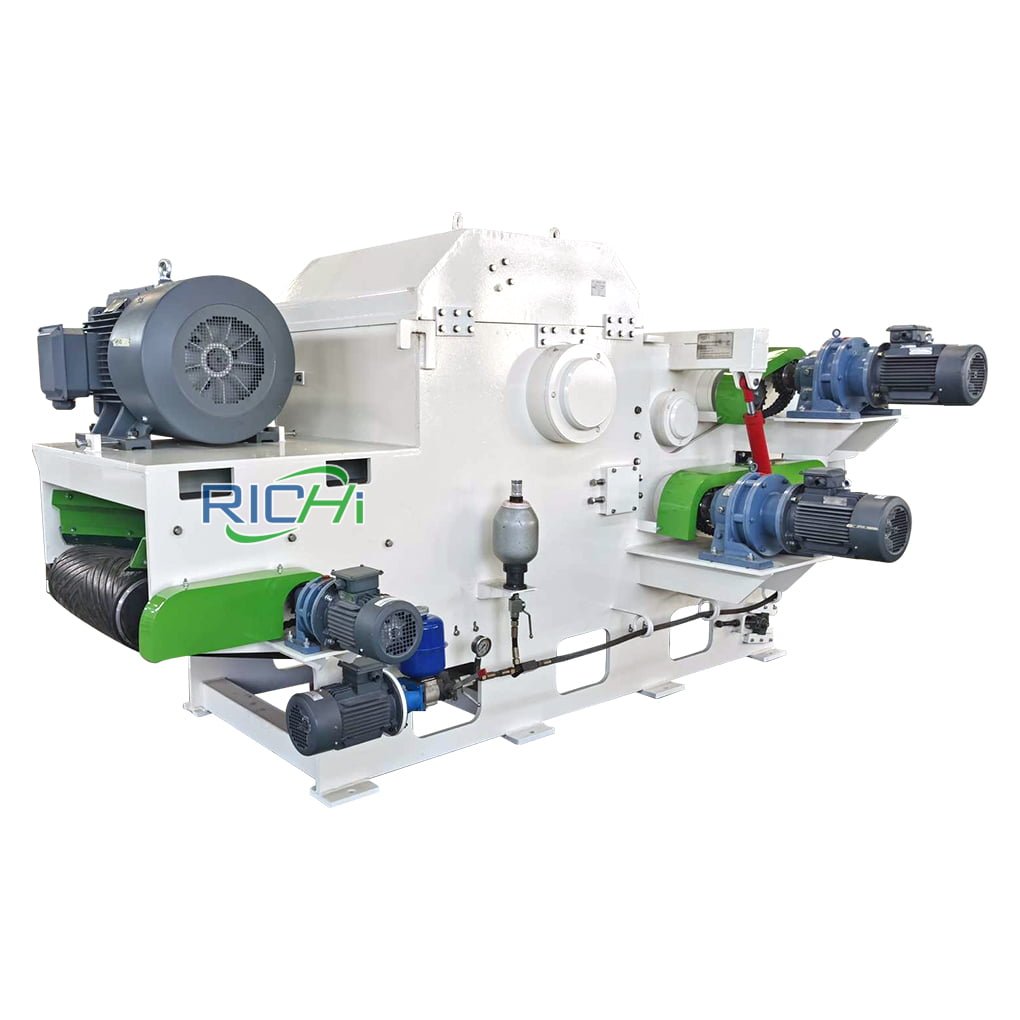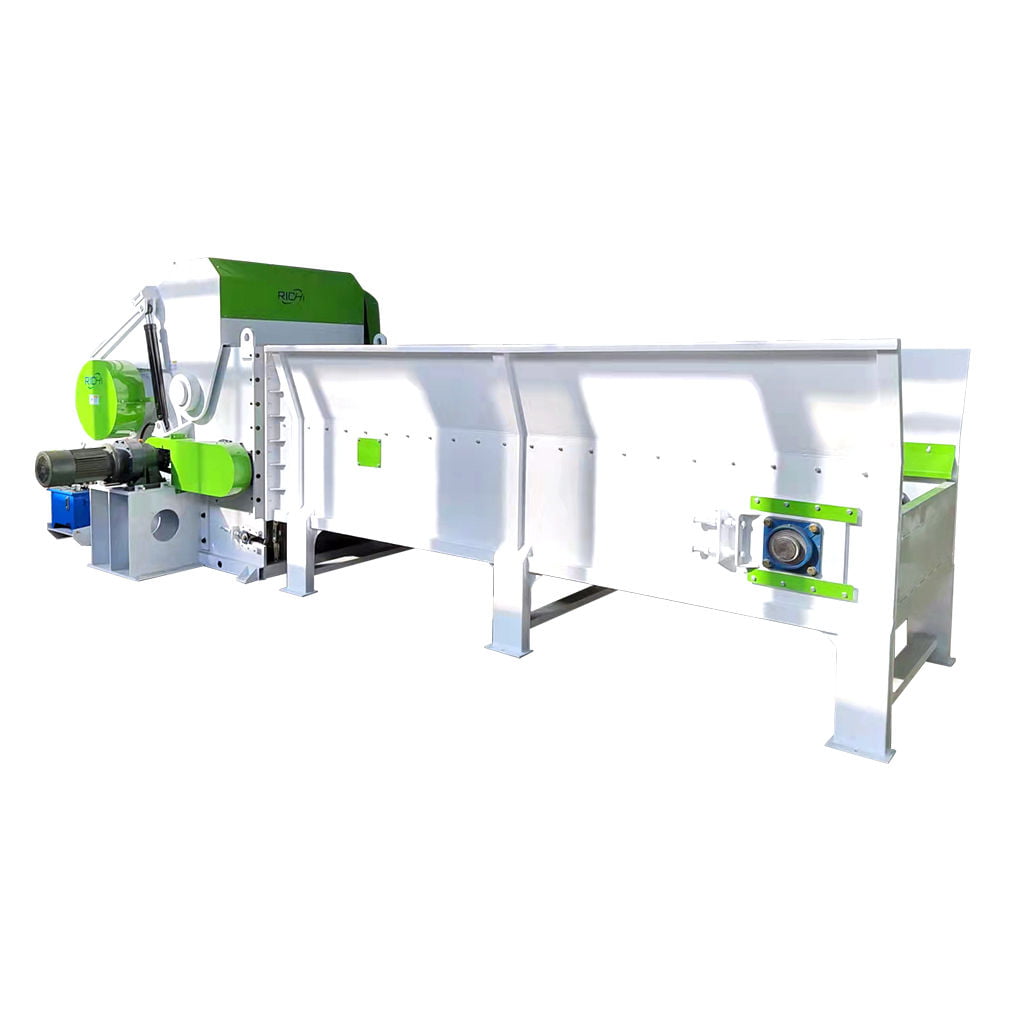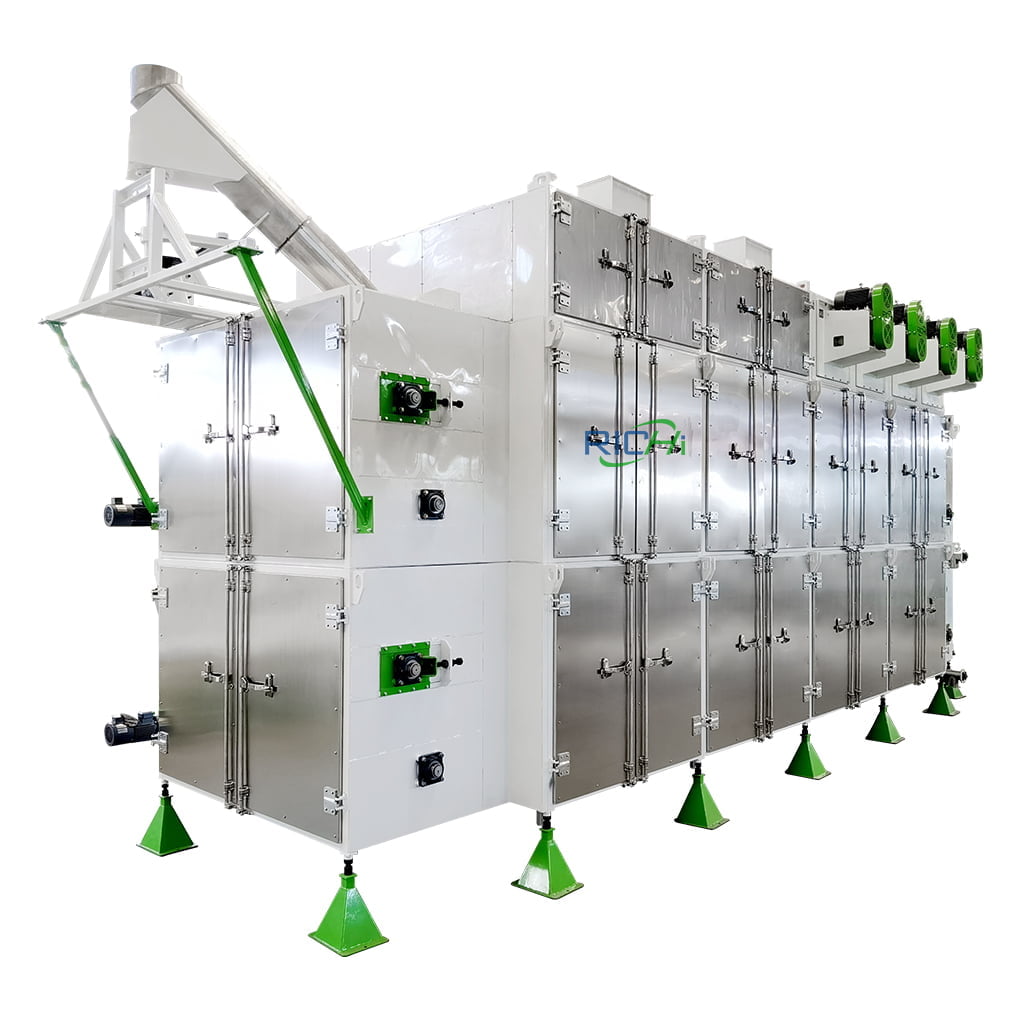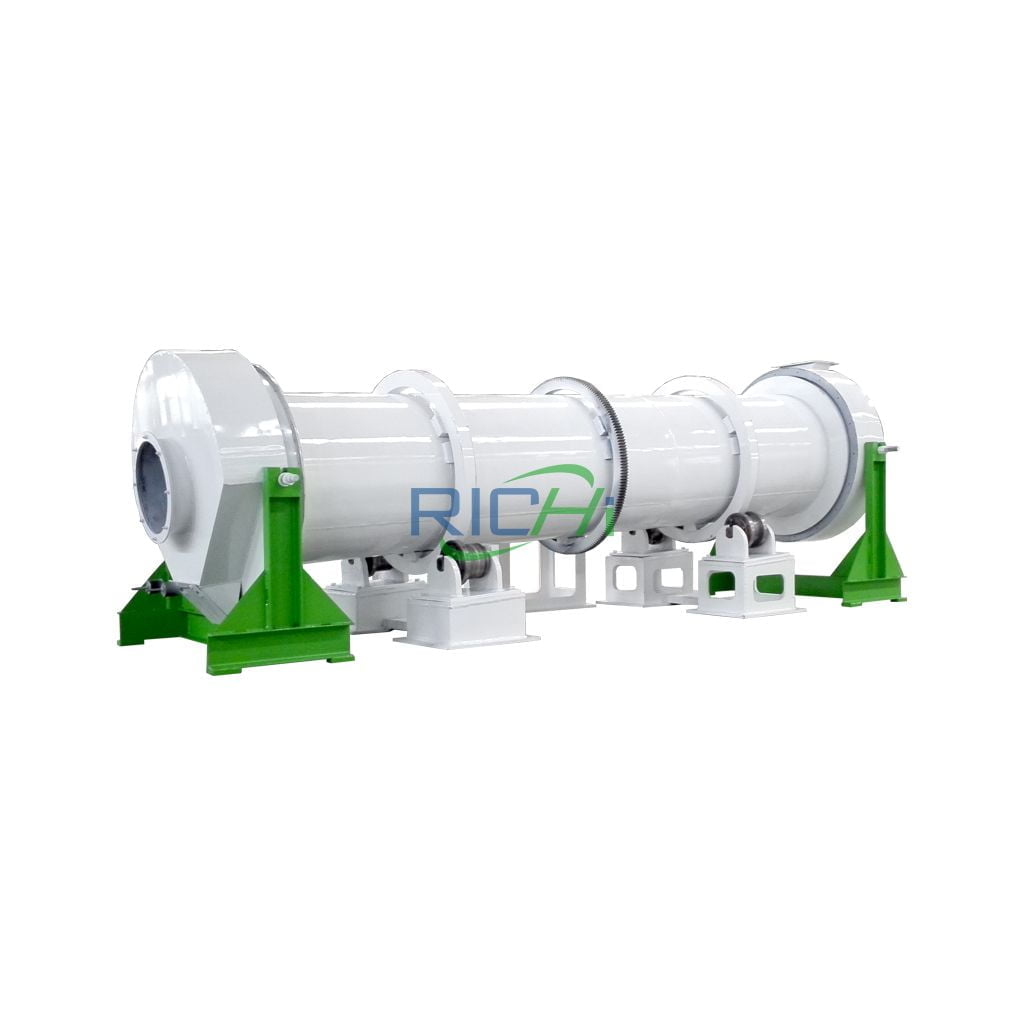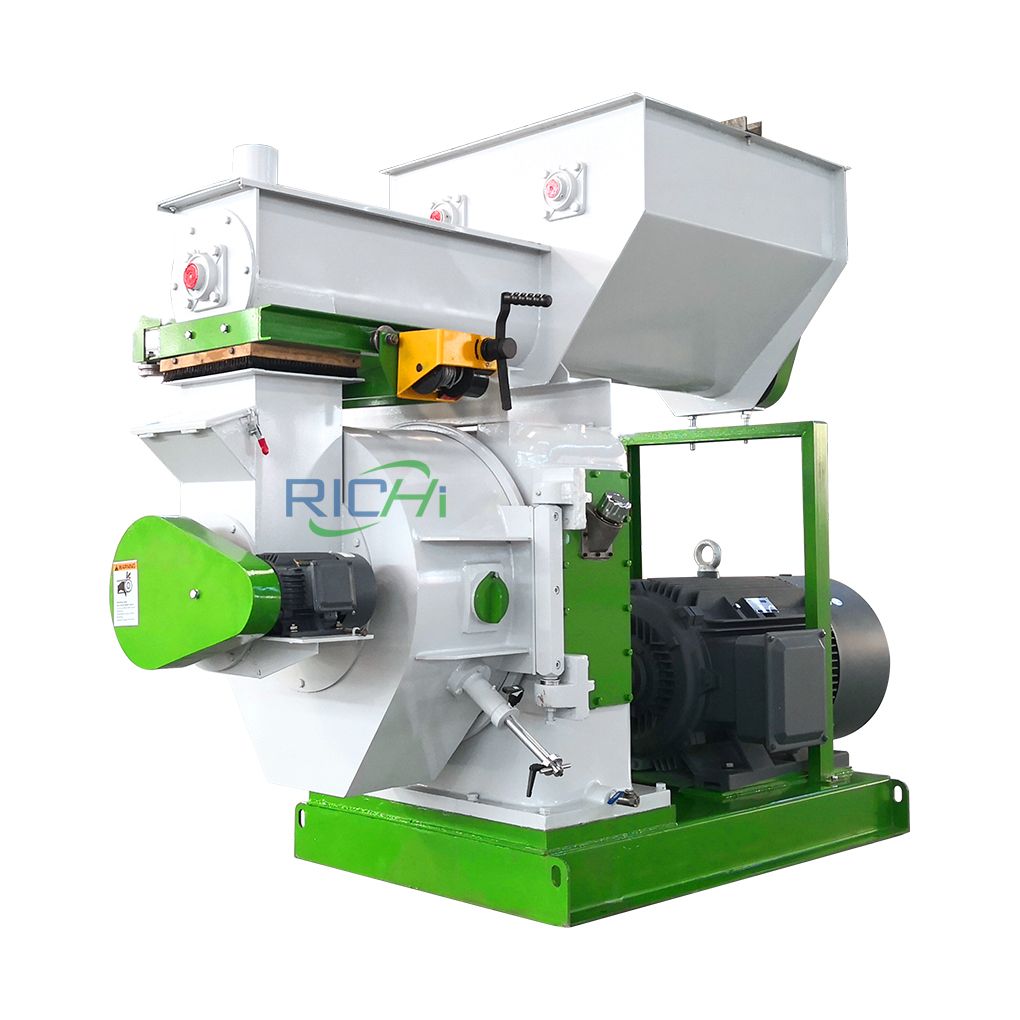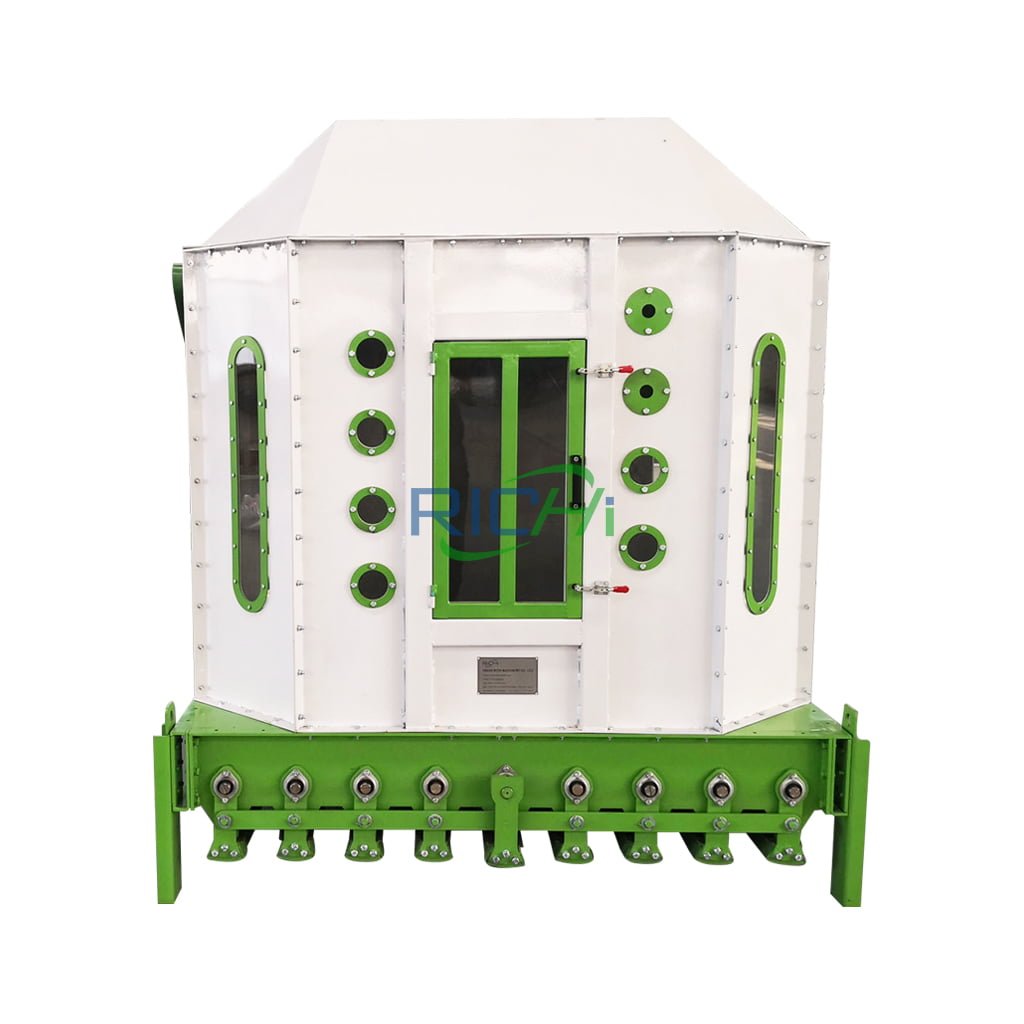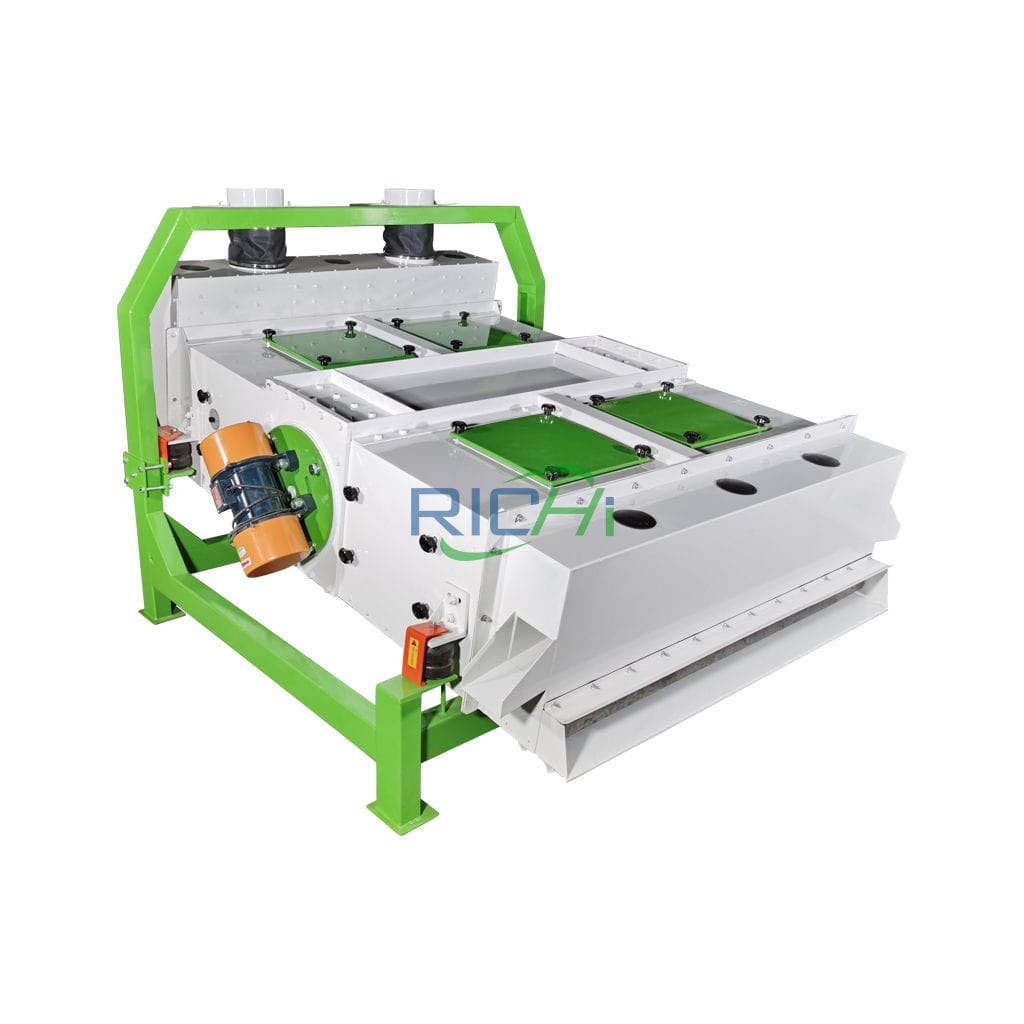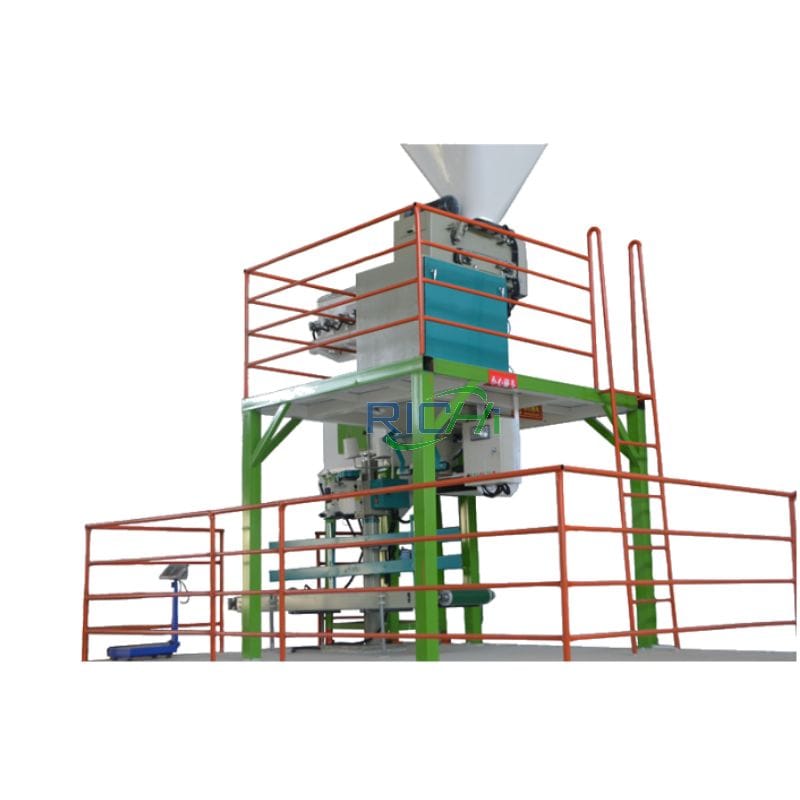
Pellet Mill Plant
The pellet mill plant mainly uses processes such as crushing, drying, granulation, cooling, and packaging to process various biomass agricultural and forestry wastes, industrial wastes, and municipal solid wastes such as wood, straw, fruit shells, and grass raw materials into pellet products.
Depending on the process, the application of finished pellets is also different. Currently, they are mainly used as fuel for power plants and boilers, livestock and poultry feed, organic fertilizer, cat litter, and animal bedding.

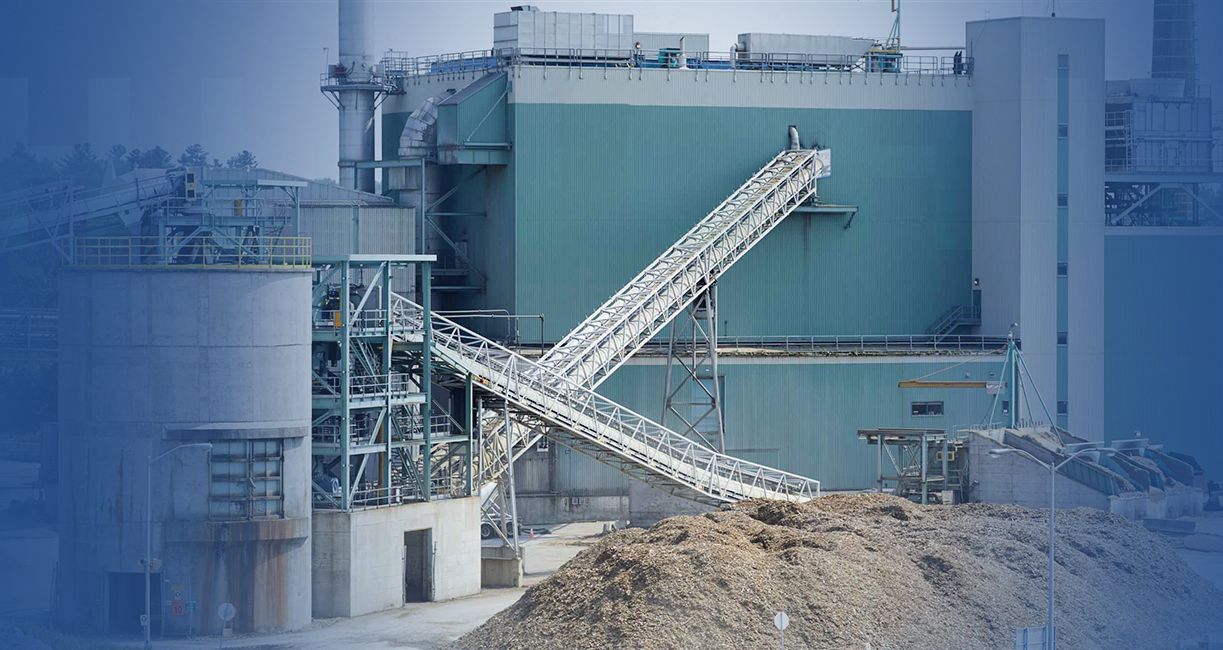
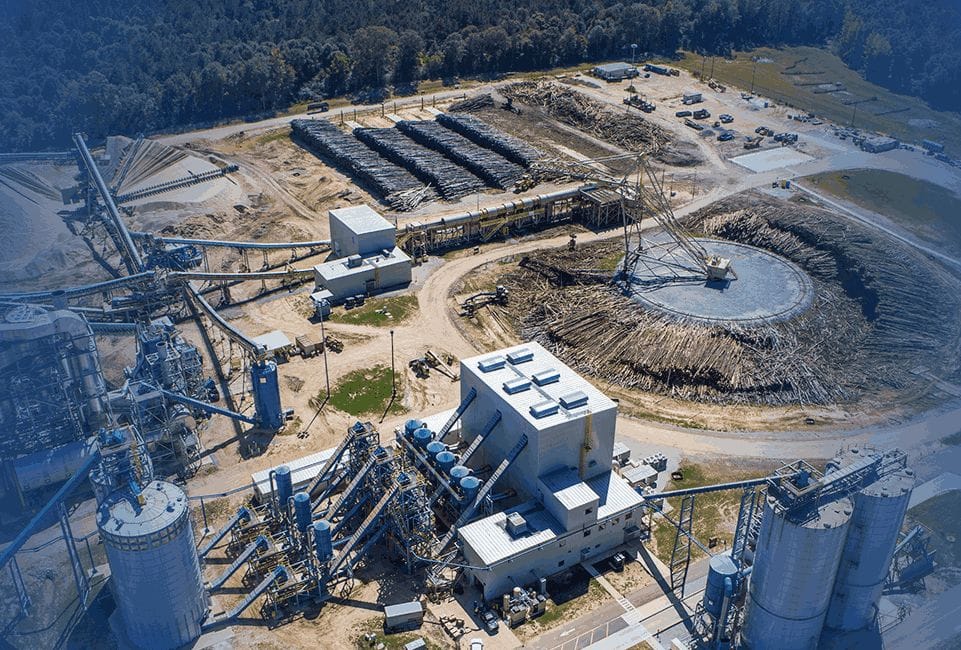
RICHI is a leader in delivering pellet mill plant systems that meet the unique needs of our clients, leveraging cutting-edge biomass pelletizing technology to optimize manufacturing processes.
Whether you’re looking to build a new pellet mill plant or improve existing biomass equipment with comprehensive modifications, our team is equipped to deliver tailored solutions that meet your unique needs.
The experienced team at RICHI offers vast market expertise to provide automated biomass pellet production line solutions that deliver a quick ROI .
- Output: 20-30T/H
- Price: 270,000-1,600,000 USD
- Applicable customers: energy companies, fuel pellet plant, biomass pellet plant, wood pellet factory, animal feed mill plant, farms, sawdust mills, wood chip mills, lumber mills, etc.
raw materials for 20-30T/H pellet mill plant
The raw materials used in biomass pellet plant are mainly corn straw, wood chips, tree branches, soybean straw, cotton straw, tobacco straw and other crop straw biomass.
By-products of the agricultural product processing industry refer to the waste generated during harvesting and processing of crops, such as rice husks, corn cobs, peanut shells, sugarcane bagasse and cottonseed husks.
Due to their relatively concentrated origin, these agricultural wastes mainly come from furniture factories, farms, sawdust mills, lumber mills, wood chip mills, grain processing plants, food processing plants, sugar refineries and breweries, etc. They are large in quantity and easy to collect.
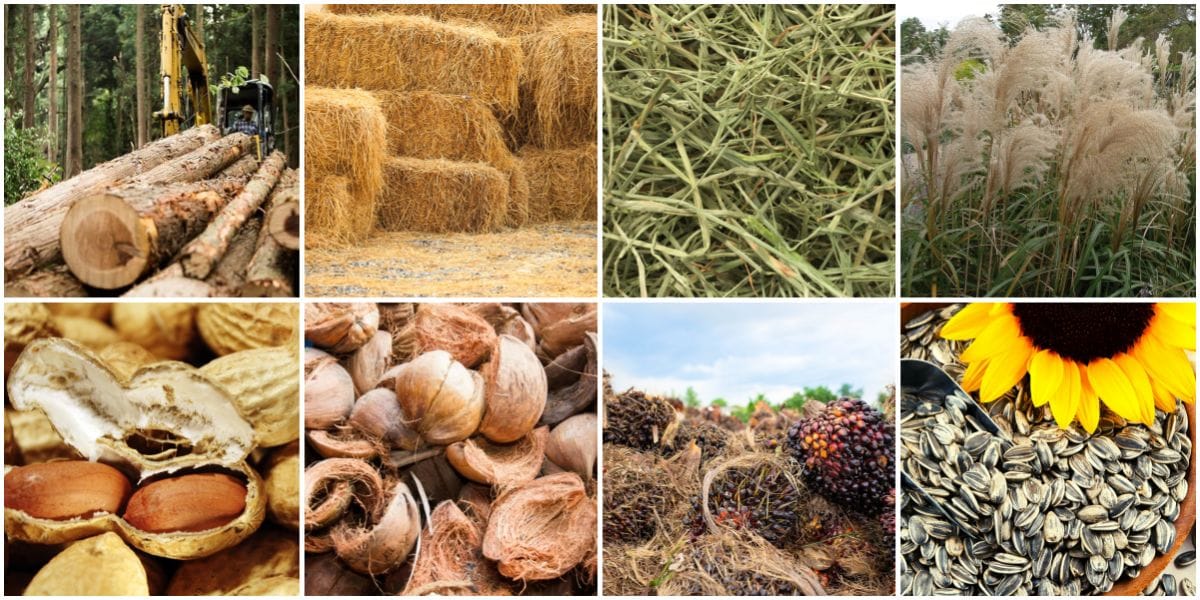
20-30T/H pellet mill plant Process design
Richi Machinery provides state-of-the-art biomass pellet mill plant solutions that are at the forefront of technology, ensuring your processes stay ahead of the curve.
We will optimize the granulation and molding process technology based on the characteristics, output size, application requirements, cost control, degree of automation, on-site working conditions, etc. of each biomass material.
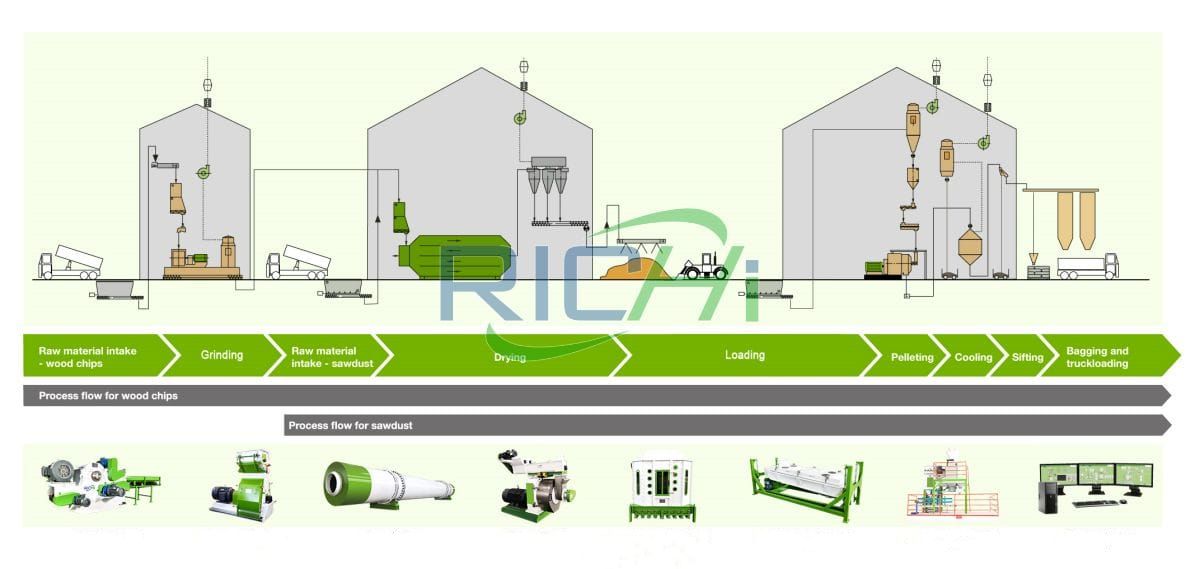
1. Collection of raw materials
The raw materials for pellet mill plant are usually renewable organic wastes such as wood waste, agricultural waste, animal manure, etc. The process of collecting raw materials should ensure the diversity of raw material sources to reduce dependence on a single source.
At the same time, environmental protection should be considered during the collection process to avoid environmental pollution.
2. Raw material pre-treatment
Raw material pre-treatment mainly includes crushing, dry explosion, sorting and other links. Crushing mainly breaks large pieces of raw materials into small pieces to facilitate subsequent processing.
Dry explosion mainly removes moisture from raw materials to facilitate granule suppression and prevent granules from becoming moldy during storage. Sorting is mainly to remove impurities in raw materials, such as stones, metals, etc., to ensure the quality of produced pellets.
3. Drying
The raw materials with high moisture content need to be dried to remove moisture and improve the stability of the pellets. Drying treatment usually adopts two methods: hot air drying or natural drying. The appropriate drying method is selected according to the specific production conditions and raw material properties.
4 Pellet pressing
After the raw materials are dried, they will enter the pelleting process. This link mainly uses high-pressure compression to make the raw materials into granular form.
During the pressing process, pressure and temperature should be controlled to ensure that the produced biomass wood pellets have sufficient strength and stability.
5. Cooling section
The pressed biomass pellets need to be cooled to prevent oxidation reactions during storage. Cooling treatment usually adopts two methods: natural cooling or forced cooling. The appropriate cooling method is selected according to the specific production conditions and ambient temperature.
6. Pellet packaging
The classified pellets need to be packaged to prevent contamination or damage during transportation and storage. Packaging materials should be environmentally friendly and recyclable, such as paper bags, woven bags, etc.
Transform your manufacturing operations with RICHI Machinery’s comprehensive engineering design services. Our dedication to innovation, operational excellence, and strategic business improvement makes us the ideal partner for your engineering needs.
Equipment for 20-30T/H pellet mill plant
Our pellet mill plant equipment configuration aims to streamline production or operational processes by arranging equipment in a sequence that optimizes space and reduces the need for excessive material handling. This can involve designing unique biomass production line arrangements that are specifically catered to your needs.
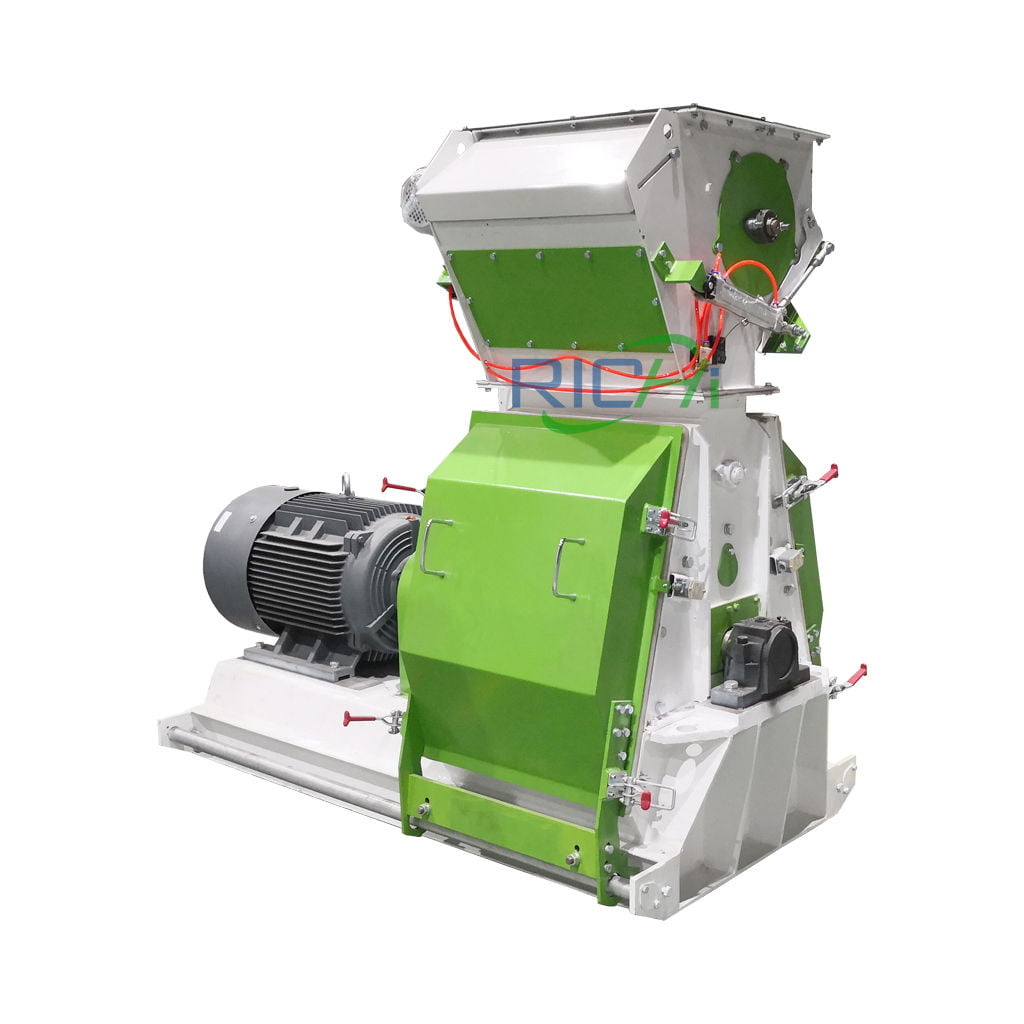
biomass Hammer Mill
Capacity:
3-25T/H
Main Power:
30-160 KW
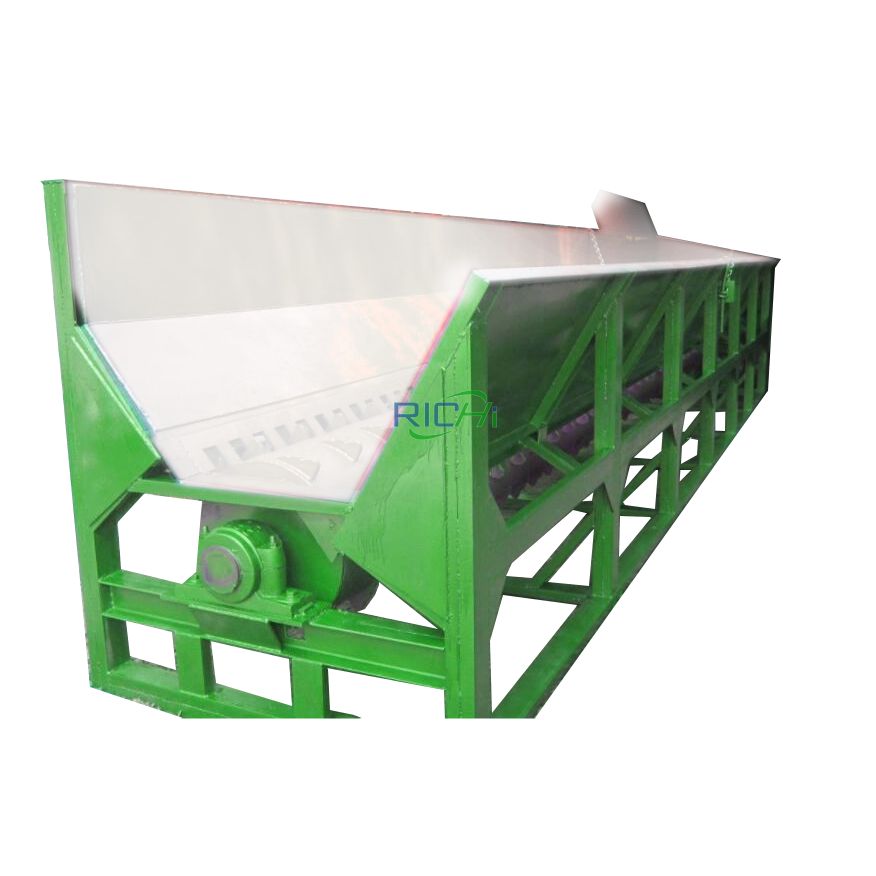
wood Debarker
Capacity:
5-15 T/H
Main Power:
7.5-11 KW
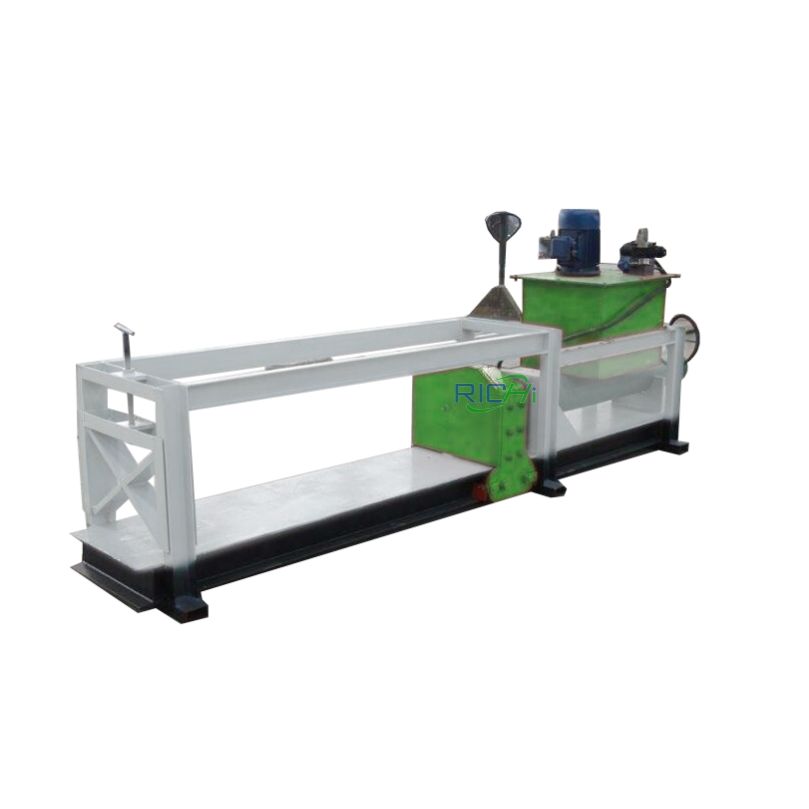
Wood splitter
Capacity:
3-12T/H
Main Power:
10-20 KW
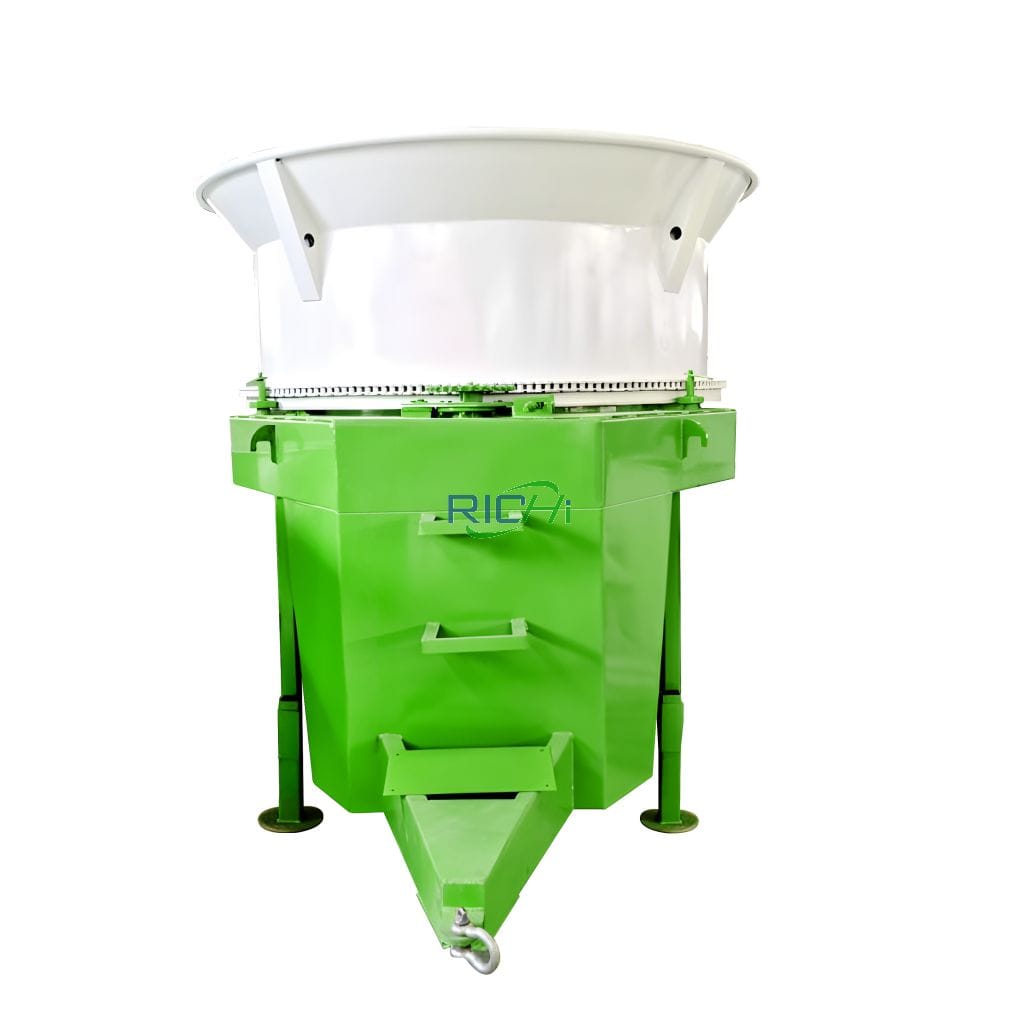
Bale breaker
Capacity:
1-20T/h
Main Power:
30-90KW
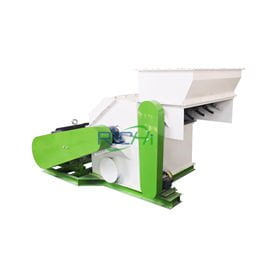
Straw Grass Crusher Machine
Capacity:
0.3-3T/H
Main Power:
22-93KW
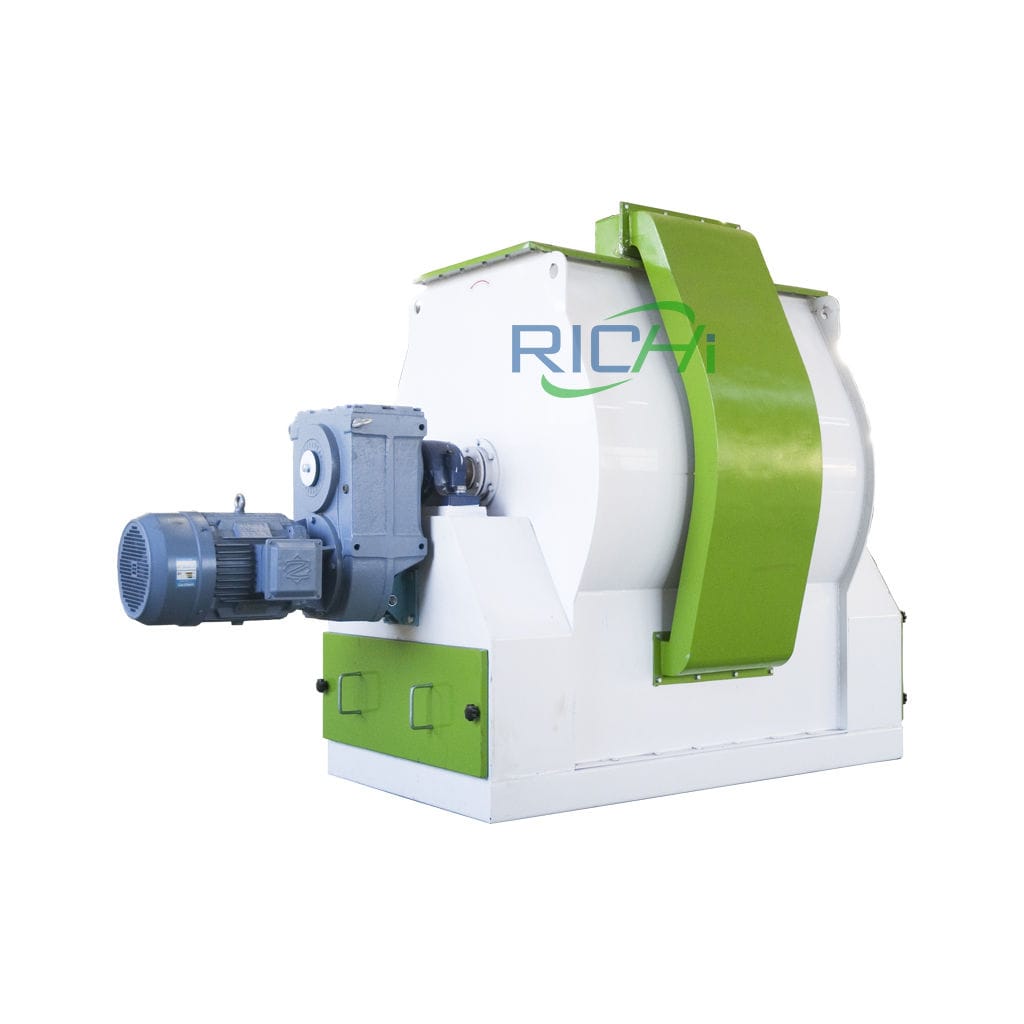
Mixing Machine
Capacity:
250-2000KG
Main Power:
4-55KW
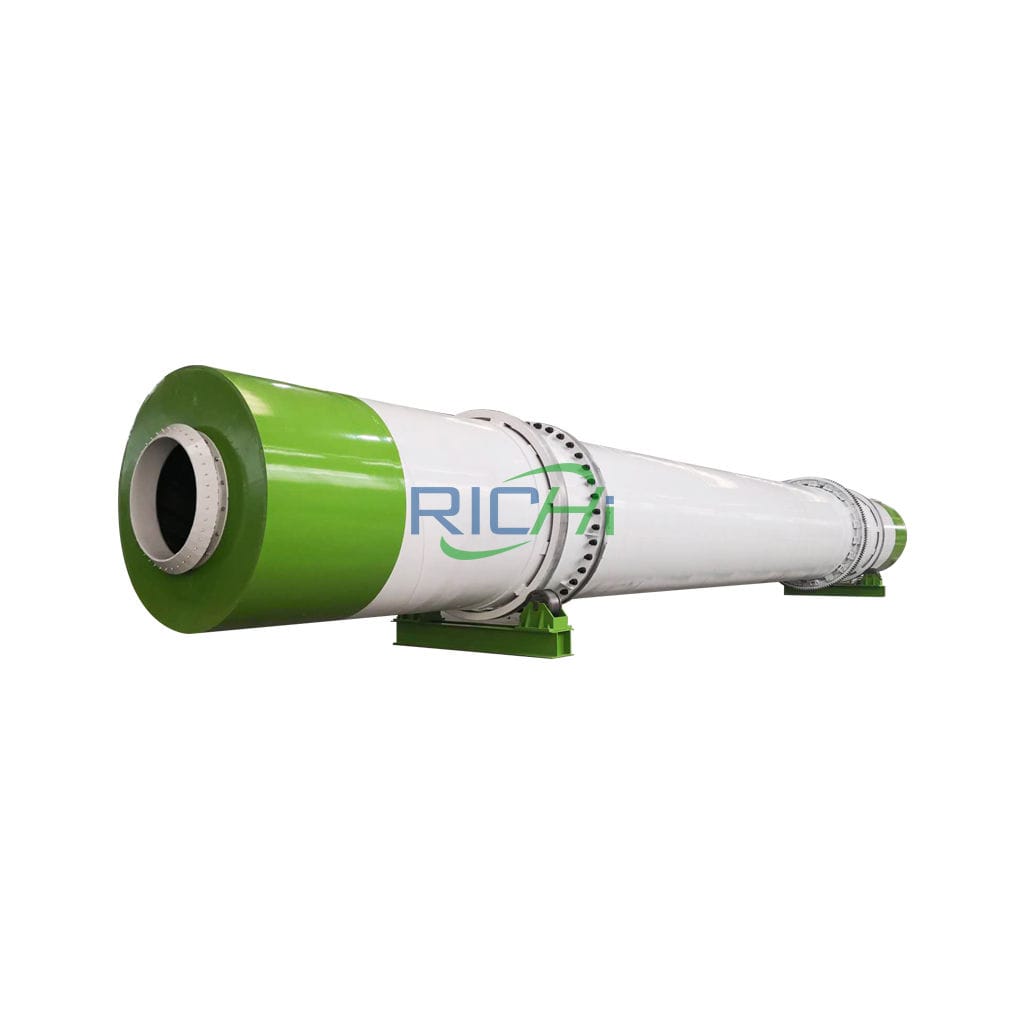
biomass Dryer
Capacity:
Customized
Rotate Speed:
3-8 R/Min
Before choosing pellet mill plant equipment, companies need to clarify their own production needs. This includes considerations such as pellet type, production capacity requirements, quality standards, and production environment.
Avoid resource waste and low production efficiency caused by blind selection. It is crucial to choose an equipment manufacturer with independent intellectual property rights, R&D teams, and technological innovation capabilities.
It is also necessary to choose a manufacturer with complete quality inspection processes and equipment to ensure the reliability of product quality. In addition, a complete after-sales service system can provide timely technical support and maintenance to ensure the continuous and stable operation of the pellet line.
Featured 20-30 t/h pellet mill plant solution
To achieve peak performance in biomass pelleting processes, look no further than RICHI for successful process customization. We are your trusted biomass pellet manufacturing process experts, dedicated to helping you streamline your operations, enhance efficiency, and maximize productivity.
Below RICHI will list some pellet machine line solutions with different outputs, different raw materials and different process designs.
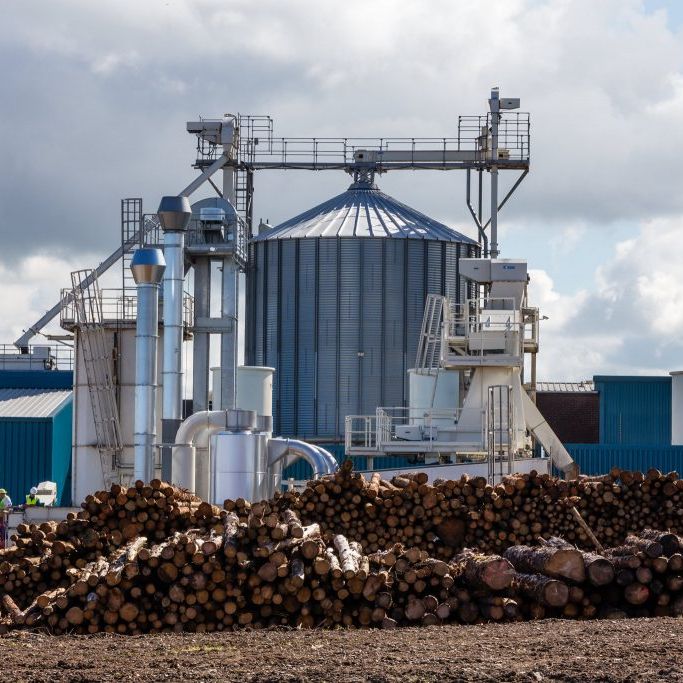
25 t/h pellet mill plant for straw wood
—— RICHI MACHINERY ——
- Annual output: 60,000 tons per year
- Pellet mill line price: 660,000 USD
- Area: 2698m2
- Main construction content: production plant, including a raw material area of 255m2, a production and processing area of 780m2 (set up with crushing and granulating processes), a finished product area of 410m2 (set up with 2 finished silos), a waste temporary storage room, and an office
- Working system: 8 employees, working 8 hours a day, 300 days of production a year.
- Raw material consumption: 30,007 tons of crop straw, 25,004.1 tons of agricultural and forestry products, and 5,000 tons of chaff
- Energy consumption: 200,000 kw·h electricity, 45m3 water
- Main equipment: crusher, granulator, belt conveyor, fan, bag dust collector, floor scale, finished material silo, etc.
25 t/h pellet mill plant Process flow:
- Crushing: Large particle raw materials are crushed into small particles by a crusher, and then enter the next production link after crushing.
- Granulation: The crushed materials are transported to the granulator and pressed into granular shapes in the biomass granulator. The granulation process uses electric heating. The main working parts of the biomass pellet machine are the die and the pressure roller. The die wall is evenly distributed with film holes. The friction between the machine and the biomass raw material generates heat. The material temperature can reach about 70~110℃. The lignin contained in the raw material is softened and extruded from the die hole to obtain a solid molded fuel with a certain shape and specifications.
- Natural cooling: The biomass pellets after granulation are temporarily stored in the storage bin for natural cooling.
- Packaging: When the biomass pellets in the storage bin accumulate to a certain amount, they are manually packaged into bags.
- Finished products: After packaging is completed, the finished products are transferred to the finished product warehouse for temporary storage until they are loaded and shipped.
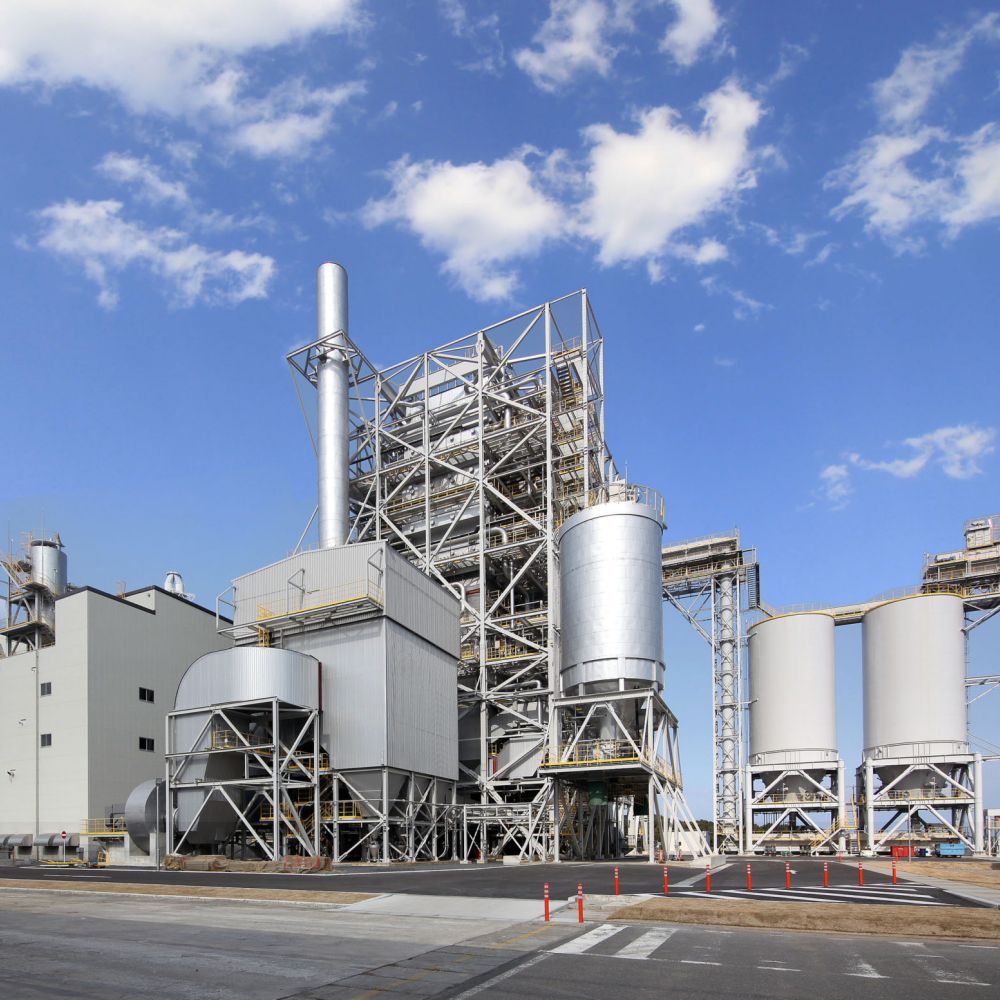
25 t/h pellet mill plant for waste wood and straw
—— RICHI MACHINERY ——
- Annual output: 60,000 tons per year
- Production line price: 690,000 USD
- Area: 2576m2
- Main construction content: production workshop, office, warehouse (raw material area 100m2, finished product area 100m2)
- Work system: The company’s labor quota is 10 people, one shift, each shift works 8 hours, and the annual working day is 300 days.
- Raw material consumption: waste wood 850010t/a, straw*10008t/a
- Energy consumption: electricity*100000Kw·h, water*330m3
- Main equipment: crusher, log grabber, crusher, granulator, floor scale, transport vehicle, transformer, forklift
25 t/h pellet mill plant Process flow:
The main raw materials of the project are waste wood and crop straw. There is no drying process or sawing process. The raw materials are purchased locally.
- Crushing: The raw materials are transported to the raw material warehouse of the project site by vehicle for stacking, and the wood grabber is used to send the raw materials to the crusher for preliminary crushing into smaller block materials. The inlet and outlet of the crusher are equipped with gas collecting hoods, and then processed by bag dust collectors. All collected dust is reused in the production line.
- Crushing: The crushed block materials are sent to the crusher via the conveyor for crushing. The particle size after crushing is no more than 7mm.
- Granulation: The crushed materials are transported to the granulator and formed into finished products through extrusion. The extrusion process is a physical process. No adhesive is added and no chemical reaction occurs. Except for the connection of the feeding auger and the feed outlet Outside the material opening, everything is sealed.
- Packaging and storage: The formed biomass pellets are packaged and stored in the finished product warehouse for sale.
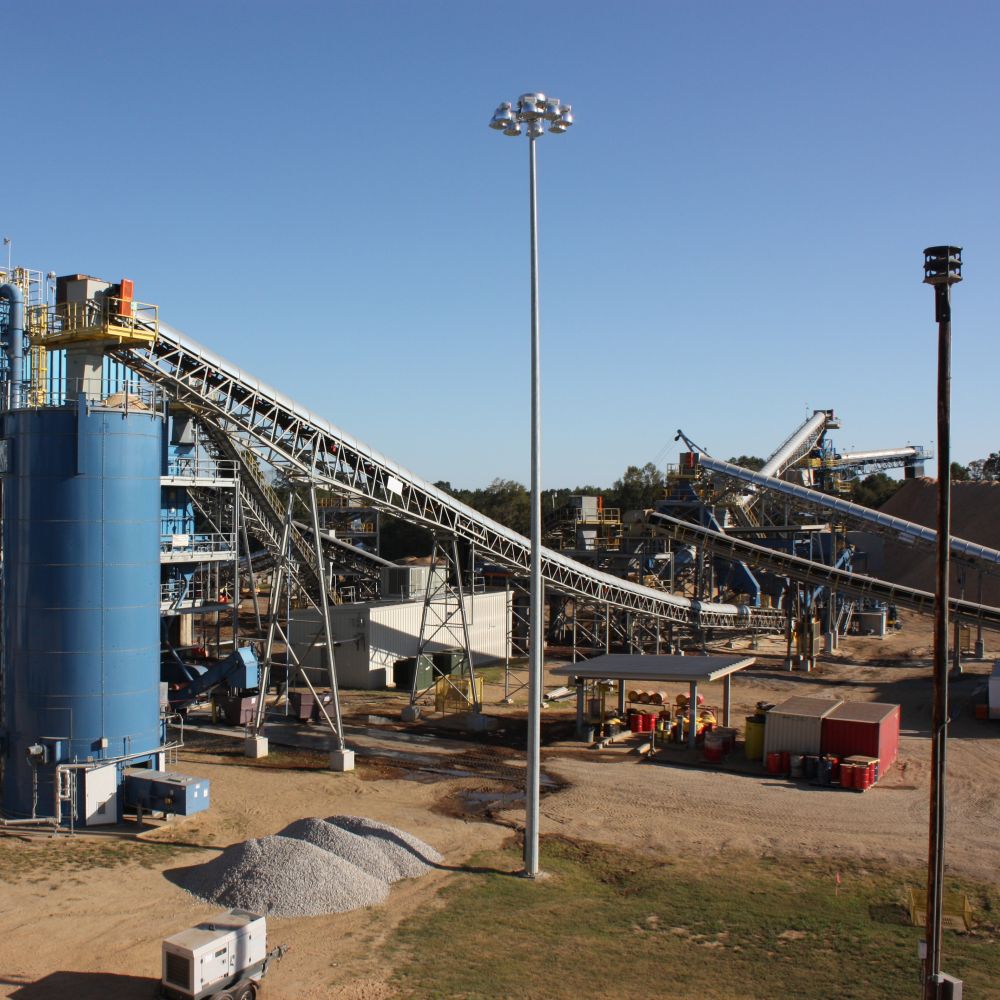
20-22 tons per hour pellet mill plant for straw and sawdust
—— RICHI MACHINERY ——
- Annual output: 50,000 tons per year
- Production line price: 820,000 USD
- Area: 2340 square meters
- Main construction contents: production workshop, raw material warehouse, finished product warehouse, office building, guard room, power distribution room
- Work system:
- Raw material consumption: straw*42,200 tons/year, sawdust*8,500 tons/year
- Energy consumption: electricity*900,000 kWh/a, water*150t/a
- Main equipment: belt conveyor, crusher, blower, fan, screw conveyor, granulator, bucket elevator, blower, finished product warehouse, material leveler, hot blast furnace, etc.
20-22 t/h pellet mill plant Process flow:
- Crushing: Due to the large size of the straw, it needs to be crushed to 600mm by a crusher and then directly transported to a closed molding machine to be directly pressed and formed by pressure.
- Drying: Since the moisture in the raw materials may not meet the production requirements, the raw materials need to be dried. The drying process of this project uses biomass gas separated from the carbonized flue gas as fuel.
- Pressing and molding: The dried straw material and sawdust are fed into the pellet machine in a certain proportion and pressed into pellet shape in the pellet machine without any additives. The biomass pellet making machine is sealed.
- Packing and storage: The qualified finished products are bagged, weighed, packed, and stored in storage.
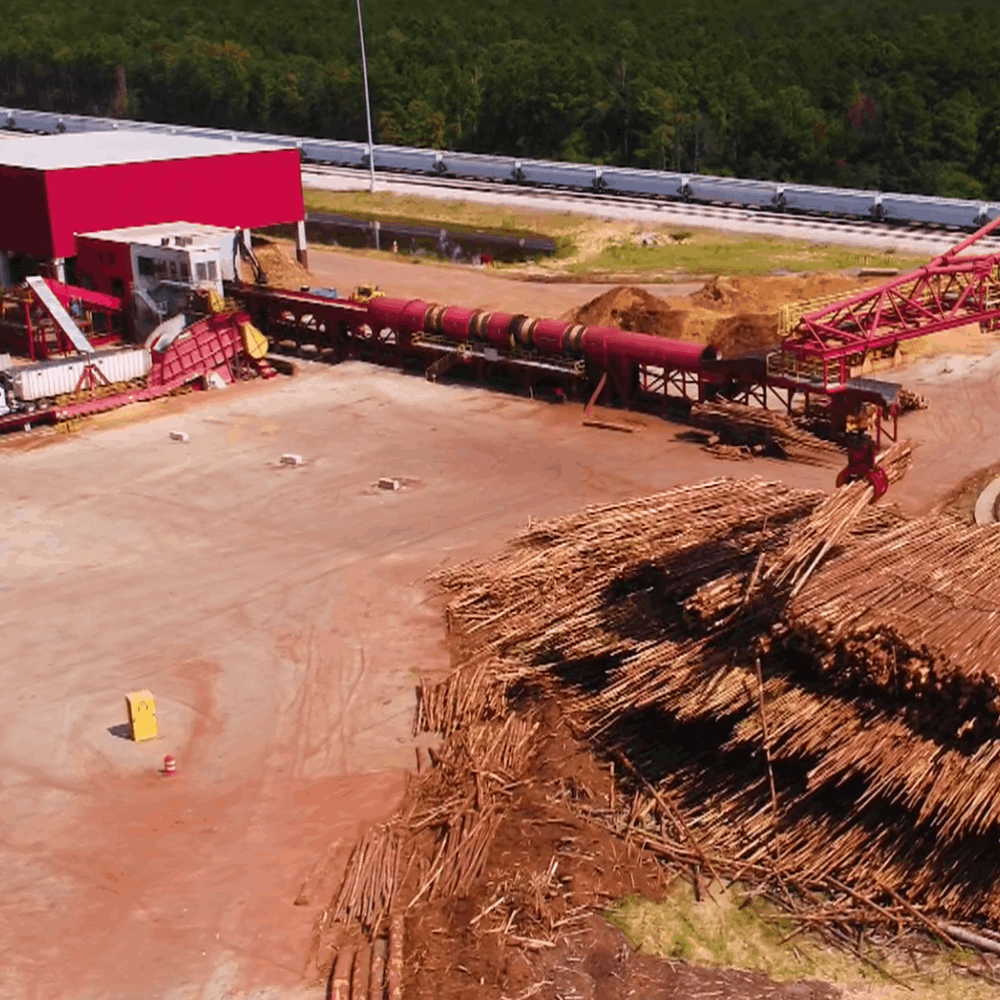
25 tons pellet mill plant for bamboo and wood
—— RICHI MACHINERY ——
- Annual output: 120,000 tons/year
- Production line price: 790,000 USD
- Covered area: 3400m2
- Main construction contents: production workshop, raw material storage shed, finished product warehouse, weighing scale room, power supply and distribution system, water supply pipe network, office space, canteen
- Work system: The labor quota is 60 people, the annual working day is 300 days, and the production is in two shifts during normal hours.
- Raw material consumption: bamboo chips*100000t/a, wood and branches 30000t/a, straw*50000t/a
- Energy consumption: The installed capacity of electrical equipment in this project is 17000Kw
- Main equipment: slicer, belt conveyor, wood crusher, fan, raw material lifting air net, air shutoff device, drum drying oven, discharge skirt belt, feeding belt conveyor, permanent magnet cylinder, bucket elevator , feeding auger, circular arch-breaking granulation bin, belt conveyor, cooler, control cabinet, etc.
25 t/h pellet mill plant Process flow
The raw materials for biomass pellet fuel production include bamboo chips, wood and straw.
- Use a peeler to break bamboo chips and wood into small pieces. According to the technical parameters of the production equipment, the production efficiency of the peeler in this project is 25 tons/hour.
- Crush the bamboo chips and wood with a grinder.
- Use a rolling pipe dryer to dry and further crush bamboo chips and wood. The fuel used in the drying furnace is still wood and bamboo firewood. By analogy with other biomass pellet manufacturers, approximately 100kg of firewood is required to produce one ton of fuel pellets.
- Use an auger conveyor to send the crushed mixture to the granulator with a conveyor belt for granulation to produce cylindrical granules of Φ8-12mm and 3-5cm long. 5. After cooling and water evaporation, it finally becomes biomass pellet fuel with a water content of less than 5%.
- The calorific value of biomass pellet fuel produced through this process is approximately 4800 kcal/kg.
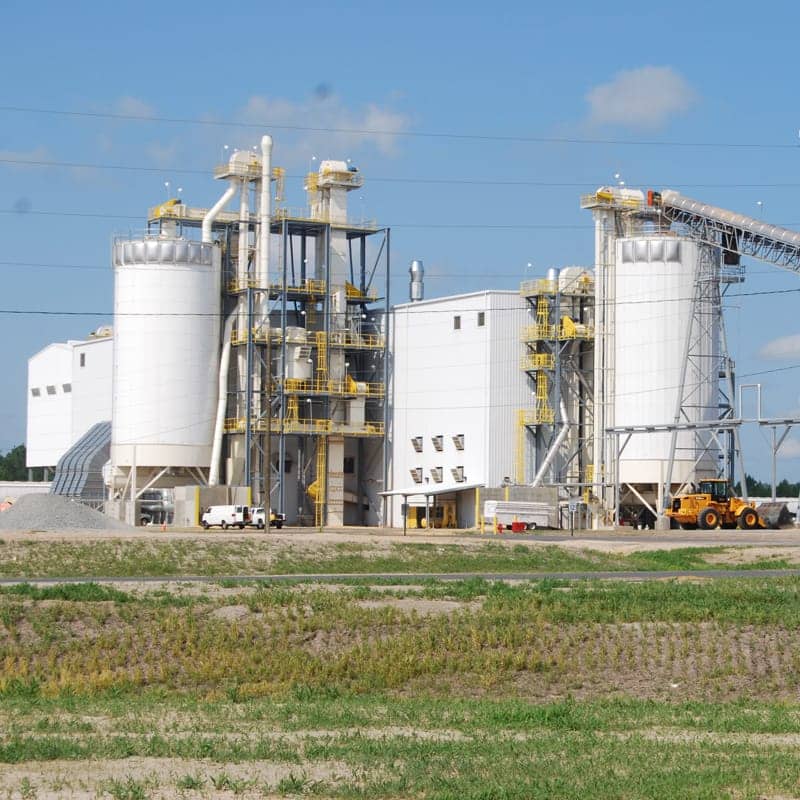
27-28 tons per hour pellet mill plant for tree and crop waste
—— RICHI MACHINERY ——
- Annual output: 100,000 tons per year
- Turnkey pellet plant cost: 850,000 USD
- Covered area: 2994.50m2
- Main construction content: production workshop (raw material area, crushing area, crushing area, granulation area and other production areas), raw material warehouse, finished product warehouse, office area
- Work system: 23 people and an annual working time of 300 days. Implement 16h double shift system
- Raw material consumption: branches*30,000t, three leftovers*45,000t, crop straw*40,000t
- Energy consumption: water*150 tons/year, electricity*2.6 million kwh/year
- Main equipment: ring die granulator, crusher, pulverizer, silo, air compressor, forklift, packaging scale
27-28 t/h pellet mill plant Process flow description
- Raw materials come from qualified suppliers and are inspected and put into storage.
- The purchased raw materials are stored in the warehouse, and the wood is crushed according to the order quantity. The generated leftover materials (such as nails, plastics, paper scraps, etc.) are sold and disposed of outside. The coarse parts are then crushed and transported to the agri pellet machinery in a sealed manner by conveyor belt conveyors and other equipment. The machine starts granulating; finally it enters the silo to be cooled and bagged for storage.
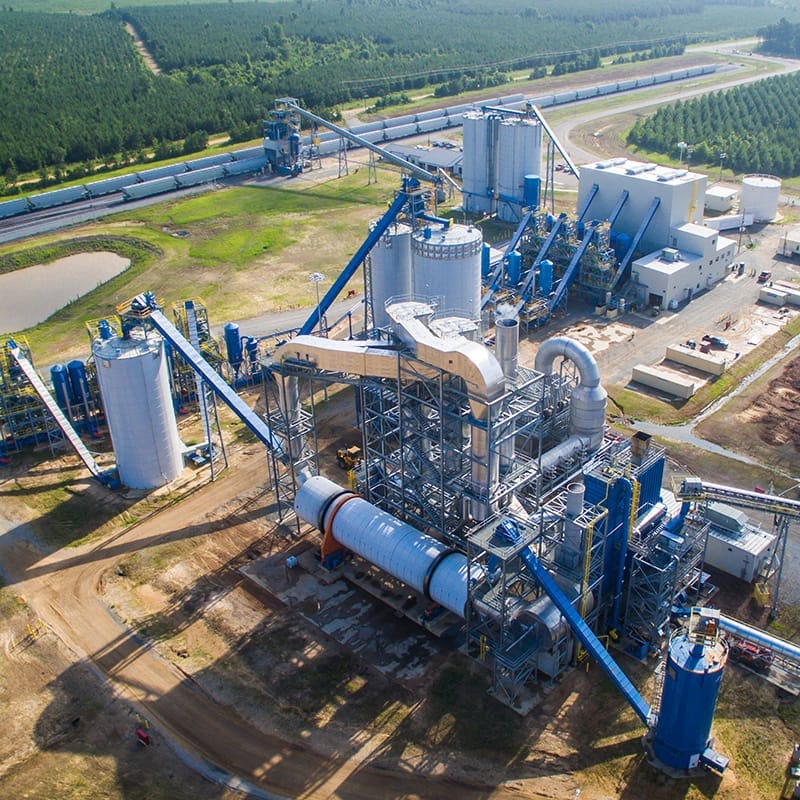
29-30 tons pellet mill plant for sawdust rice husk
—— RICHI MACHINERY ——
- Annual output: 70,000 tons per year
- Biomass wood pellet production line price: 1,150,000 USD
- Covered area: Covered area 7500m2
- Main construction content: Production plant (including office, sawdust warehouse, rice husk storage yard, crushing and drying area, briquetting and granulating area)
- Work system: 10 people, working 300 days a year, one shift, 8 hours a day.
- Raw material consumption: sawdust (moisture 40%) * 28500t/a, rice husk (moisture 9.8%) * 51500t/a
- Product plan: sawdust biomass pellet fuel (moisture content 6.3%) * 20,000 tons/a, rice husk biomass pellet fuel (moisture content 6.8%) * 50,000 tons/a
- Energy consumption: electricity consumption is 100,000 kWh and water consumption is 150m3/a
- Main equipment: biomass pellet machine, belt transfer machine, chipper, pulverizer, biomass dryer, biomass cleaning screen, biomass drying and cleaning air net, etc.
29-30 t/h pellet mill plant Production process:
- Chipping: Use a chipper to perform primary processing of raw wood chips, and chip the raw materials on the original basis to meet subsequent processing needs;
- Crushing: The particle size of the chipped raw materials is still large and it is difficult to granulate. Use a crusher to further crush it to make it easier to process.
- Drying: The moisture content of raw wood chips is about 40%, which is not conducive to subsequent processing. Use a dryer to dry it. The drying itself only produces a small amount of water vapor; the dryer uses biomass pellets as fuel.
- Granulating: Use a belt conveyor to send the materials into the biomass pellet machine for granulation to make finished products. Rice husk is directly made into rice husk biomass pellet fuel through this process.
RICHI Machinery is your premier partner for comprehensive engineering design services, including biomass pellet manufacturing plant layout. We are dedicated to transforming your manufacturing and production operations to meet your goals.
At RICHI Machinery, we have over 30 years of experience designing pellet mill plants. A well-designed biomass pelleting line is the cornerstone of a successful biomass pellet manufacturing operation. Our comprehensive approach ensures that your project achieves maximum efficiency, productivity, and profitability.
How to build a 20-30 t/h pellet mill plant?
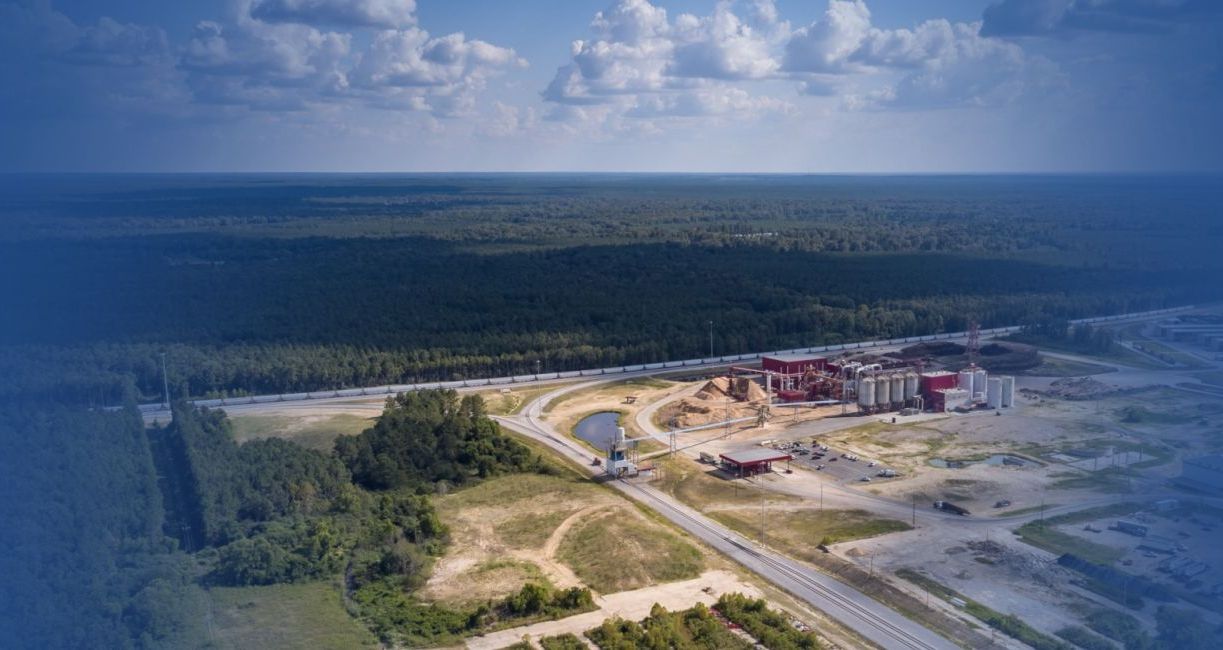
- Project establishment stage:
At this stage, it is necessary to determine the goals and scale of the pellet mill plant and make decisions about the factory project. This includes determining the factory’s industrial positioning, planning scope, product lines, market prospects, etc. - Address selection and land preparation:
Choosing the right address and land is an important step in building a pellet mill plant. Factors that need to be considered include geographical location, transportation convenience, policy environment and land use planning. After the address is determined, land preparation work needs to be carried out, including land approval, cost assessment and land development. - Environmental impact assessment and land use procedures:
During the process of building the biomass pellet mill plant, environmental assessment and land acquisition procedures are required. Environmental assessment includes assessing the possible environmental impacts during the construction of the factory and proposing environmental protection measures to reduce damage to the environment. Land use procedures include relevant procedures for obtaining land use rights and signing contracts. - Design planning and construction:
At this stage, the design planning and construction preparation of the biomass pellet plant need to be carried out. Design planning includes factory layout, architectural design and equipment selection. Construction is the actual construction work carried out according to the design plan. - Procurement and equipment installation:
During the factory construction process, equipment and materials need to be purchased, and the equipment installed and debugged. This includes steps such as selecting a supplier, signing a contract, procuring equipment, and performing equipment installation. - Personnel recruitment and training:
In the process of building a biomass wood pellet mill plant, personnel recruitment and training need to be carried out. This includes identifying job requirements, posting job postings, candidate screening and interviews, etc. At the same time, new employees also need to be trained to familiarize them with the company’s rules, regulations and work procedures. - Production trial operation and quality control:
After the equipment installation and personnel training are completed, production trial operation and quality control work need to be carried out. Through inspection and control of product production and quality to ensure that product quality meets standards. - Procedures and acceptance:
After the biomass pellet factory construction is completed, relevant procedures need to be completed and accepted. This includes financial, taxation, business and other aspects of procedures, as well as industrial and commercial, environmental protection, fire protection and other aspects of acceptance. - Production operation and management:
After the factory is successfully established, daily production operations and management work need to be carried out. This includes production planning, production organization, finished product quality control, etc. to ensure the continued operation of the factory.
All in all, setting up a pellet mill plant is a complex and tedious process that requires going through multiple stages and procedures. At each stage, comprehensive planning, preparation, and execution are required to ensure smooth construction and operation of the plant.
20-30 t/h pellet mill plant investment
The price of a biomass pellet making plant ranges from 270,000 – 1,600,000 USD. The investment size of a biomass pellet mill line is related to many factors such as the scale of the production line, equipment selection, and raw material sources, so it cannot be generalized.
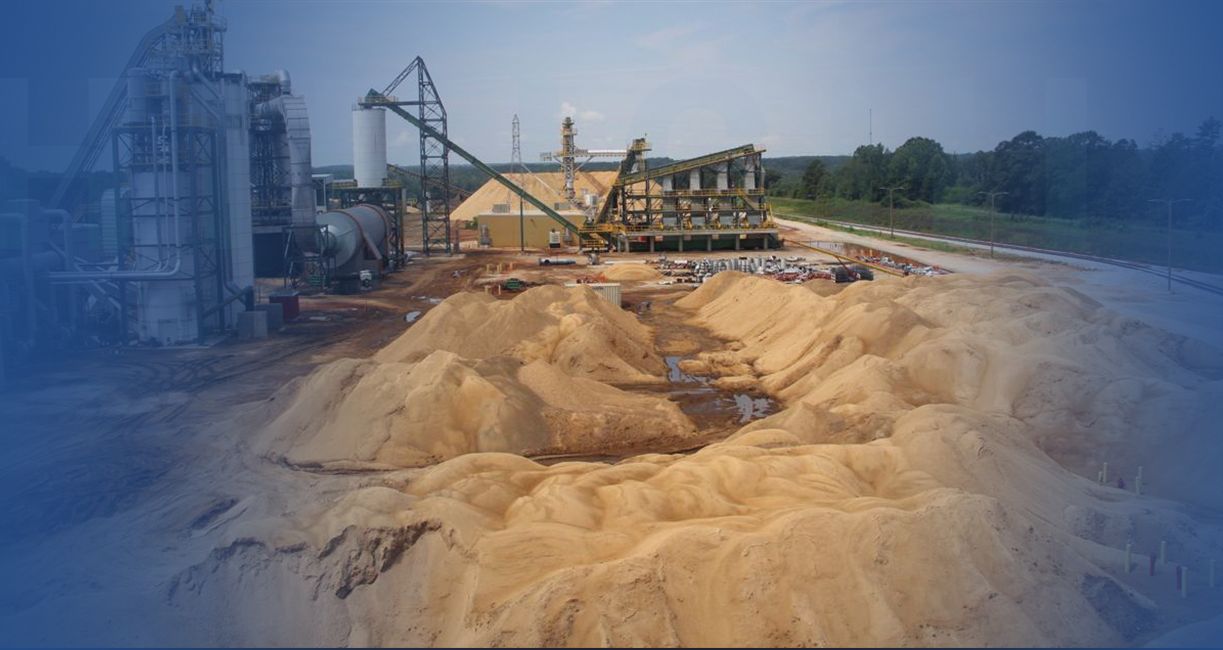
Generally speaking, investment in a biomass pellet mill plant includes equipment purchase, raw material procurement, plant construction, operating funds and other aspects.
Equipment purchase is an important step, and factors such as equipment performance, quality, and price need to be taken into consideration. Raw material procurement is another key factor.
The price and supply stability of raw materials directly affect the operating costs of the production line. In addition, plant construction and operating funds are also investment costs that cannot be ignored.
- For small biomass pelletizing plants, the investment may be relatively low and suitable for start-ups or small-scale production.
- For large-scale pellet production lines of 20-30t/h, the investment scale is relatively large, and more factors need to be considered, such as financing, market demand, technical support, etc.
When investing in a biomass pellet mill plant, it is necessary to conduct comprehensive market research and risk assessment, and formulate reasonable investment plans and business strategies.
At the same time, it is also necessary to pay attention to factors such as the policy environment, technology development trends, and market changes to ensure the success and sustainable development of investment.
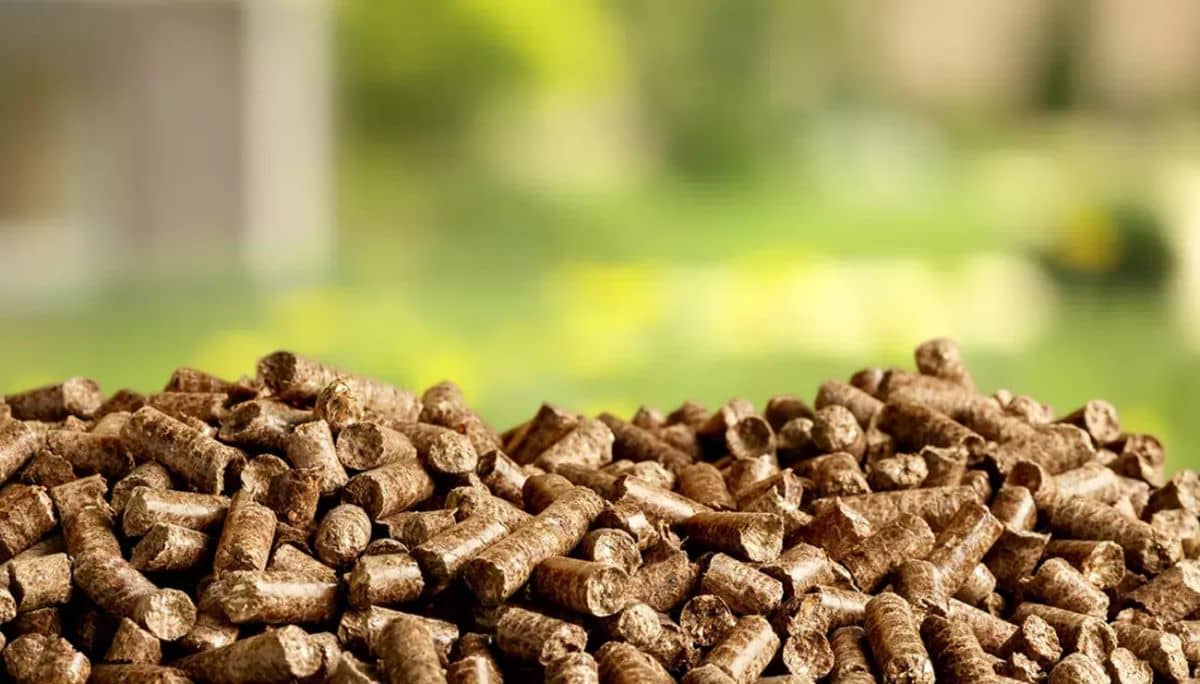
In short, the investment size of a biomass pellet line plant varies depending on the specific situation and needs to be comprehensively considered and evaluated based on the actual situation.
pellet mill plant video

Customize your pellet mill plant
We focus on the holistic improvement of your operations, aiming for pellet mill plant construction that translate into tangible business results, such as:
- Improved product quality, creating a better product
- Increased process efficiency, better time and material management
- Reduced waste and environmental footprint
- Machine configurations and increased automation
- Labor management, doing more with less headcount
- Enhanced safety
RICHI Machinery can help you achieve operational excellence and a competitive edge in the market. Contact us today to discuss how we can elevate your manufacturing process and contribute to your success with our expertise in pellet mill plant.
